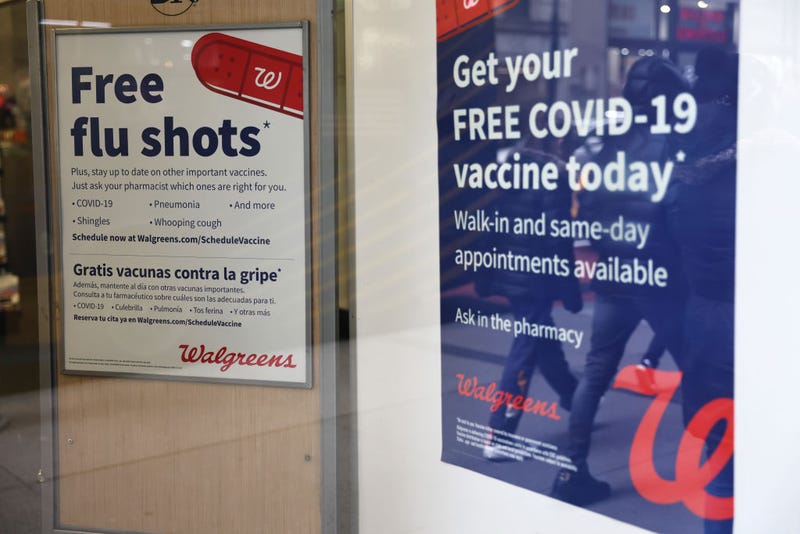
SAN FRANCISCO (KCBS RADIO) – The newest omicron sub-variant, XBB.1.5 is causing concern among scientists because of its transmissibility. It's accounting for more and more of the total COVID-19 cases in the United States each week.
For more, stream KCBS Radio now.
The new variant is even more transmissible than its parent variant, omicron XBB.
"That's because it seems to have evolved a certain mutation that allows it to bind the cells in our body tightly," said Dr. Amesh Adalja, Senior Scholar at the Johns Hopkins Center for Health Security on KCBS Radio's "Ask an Expert" with Margie Shafer and Eric Thomas on Friday.
"By looking at the way it's risen in the United States, it shows that it’s able to outcompete just by simple Darwinian laws – the other omicron variants that were out there," he said.
As more variants like this continue to arise, it's becoming more and more likely that everyone will at some point contract some form of the COVID-19 virus.
COVID-19 comes from a large family that also includes the virus that causes the common cold, which can reinfect people an infinite amount of times.
"What you're seeing is evolution play out in real time," said Adalja. "This is not surprising, this is what we would expect an efficiently spreading respiratory virus to do."
But regardless, this new variant and whatever new variant appears won't erase the immunity people have against getting severe illness, hospitalization and death.
Despite the fact that those who have not had COVID-19 yet will likely get it now, and those who have had it can expect to get reinfected, people shouldn’t be too alarmed.
It was always an expectation that this virus would become endemic and people would be susceptible to getting it more than once.
"Some of the decreased severity that we see with any of the omicron variants has to do with the population and the experience the population has with related variants of COVID-19," he said.
The people who are getting infected now are people with a lot of immunity, and that will diminish the severity of the illness.
Also, there do seem to be some changes in the virus and how likely it will attack a person’s lungs and instead stay more in the upper respiratory track.
Otherwise, the symptoms of COVID-19 have generally stayed the same.
DOWNLOAD the Audacy App
SIGN UP and follow KCBS Radio
Facebook | Twitter | Instagram

